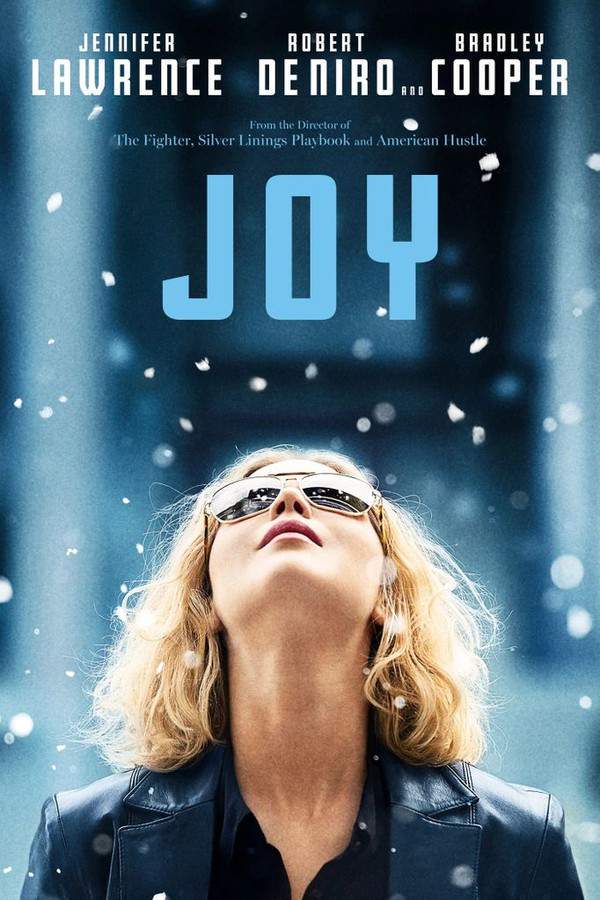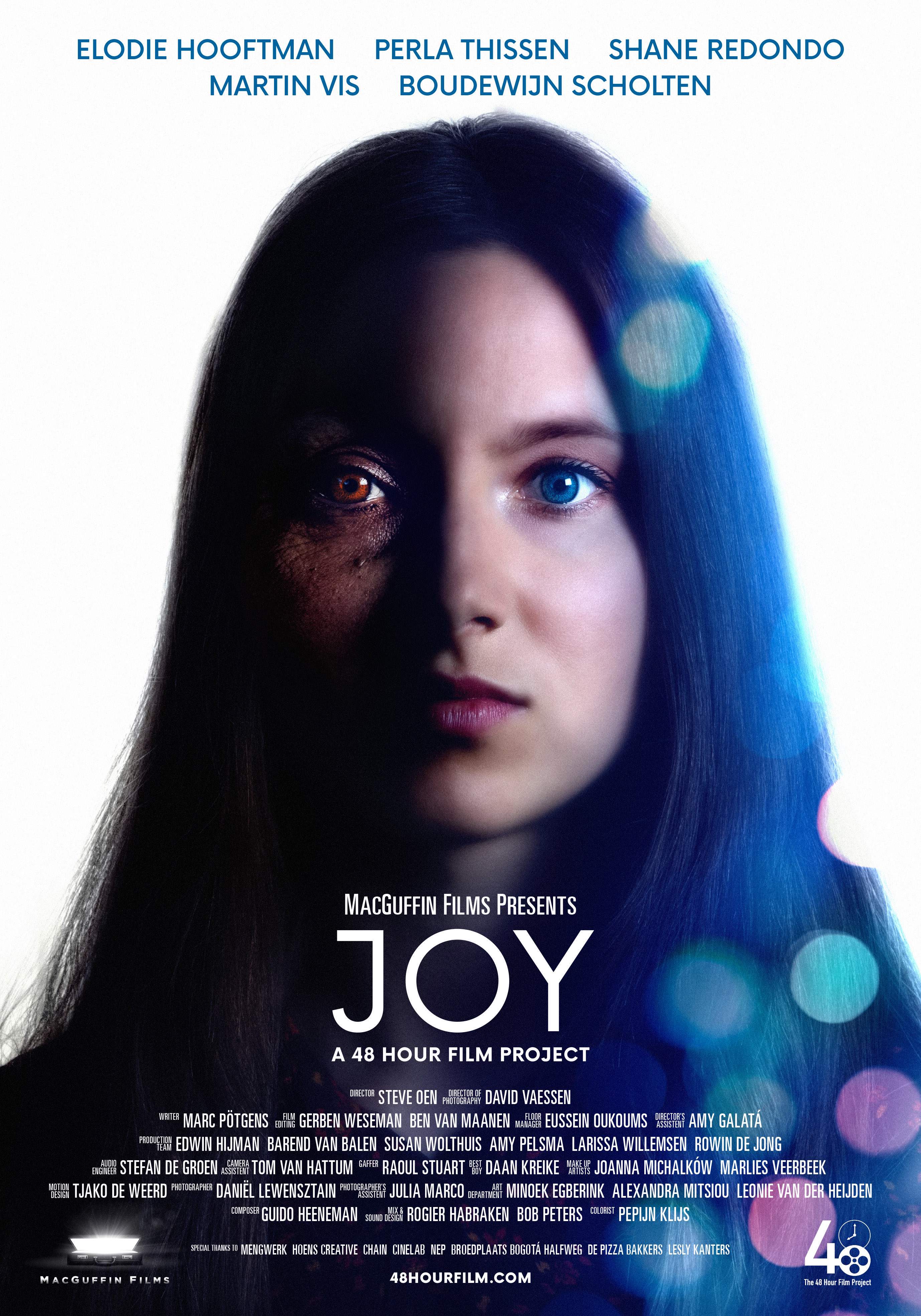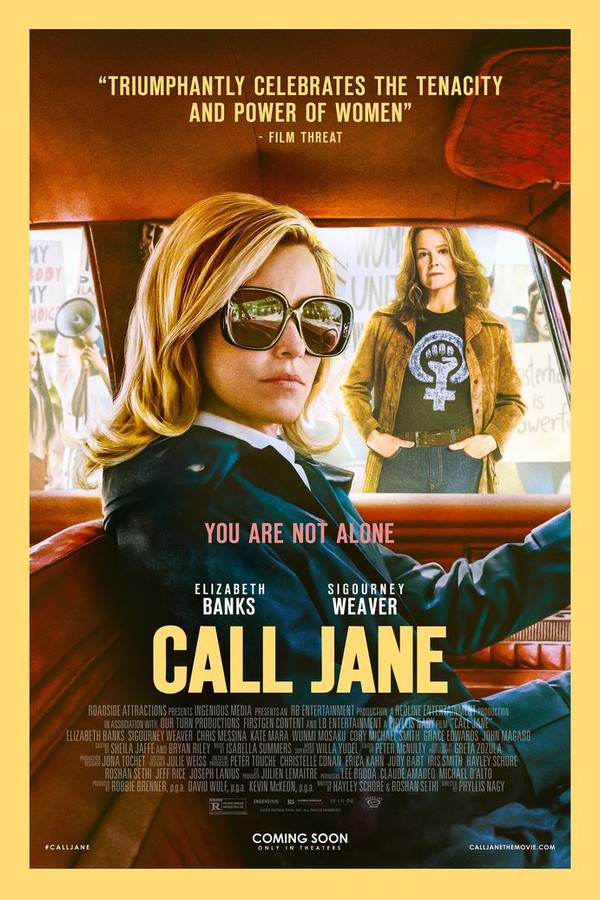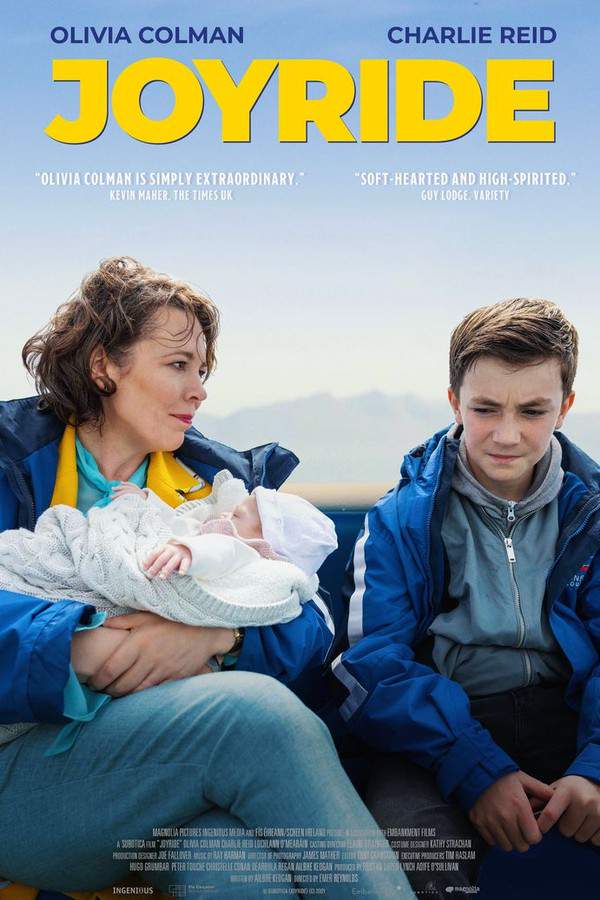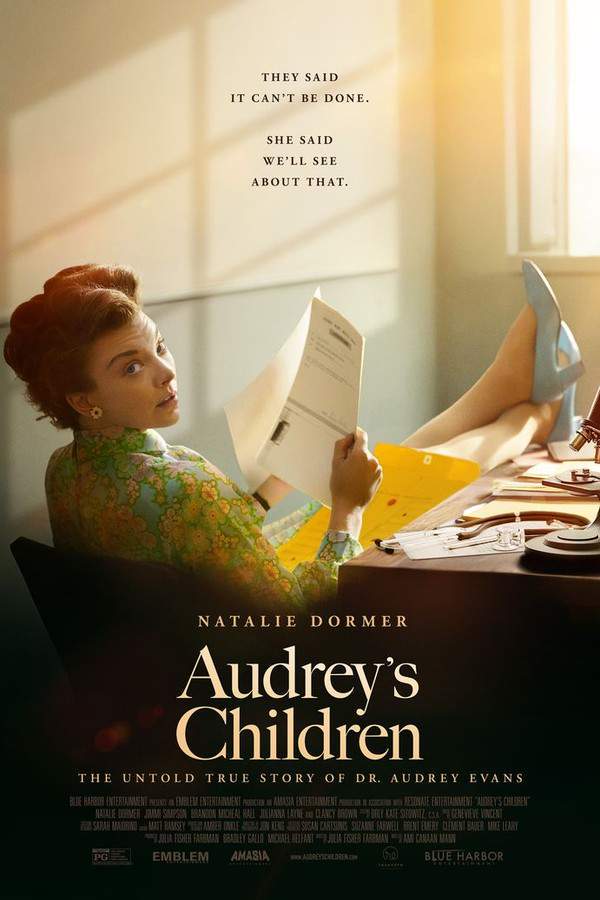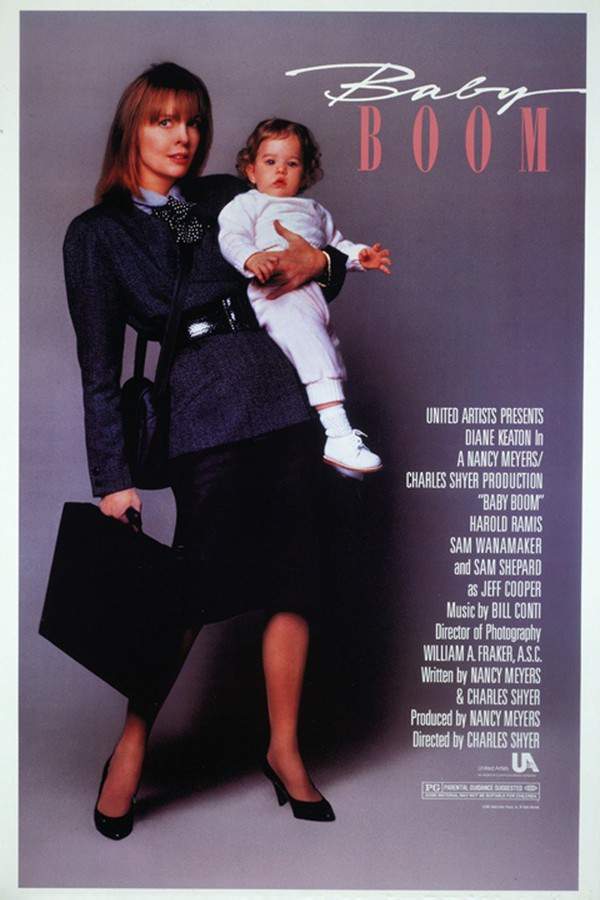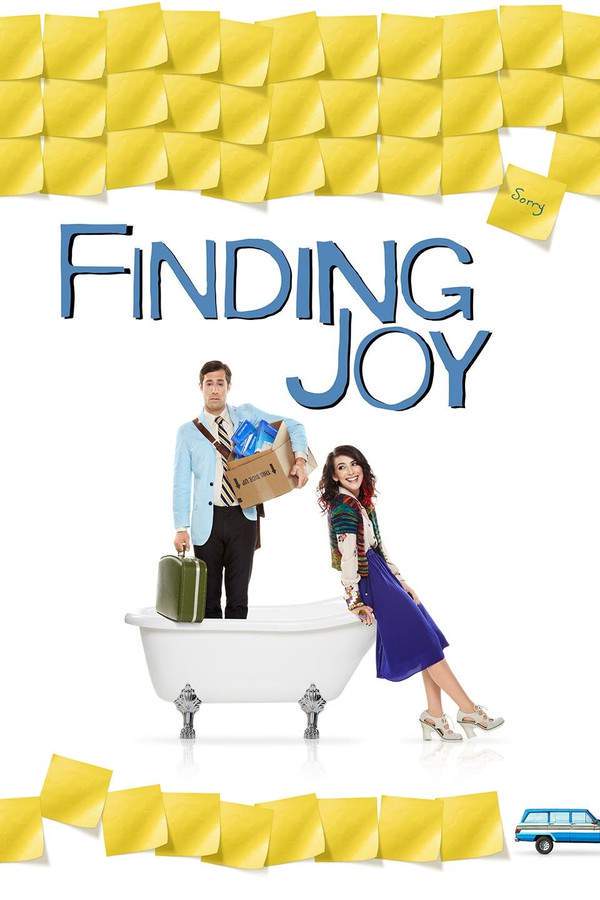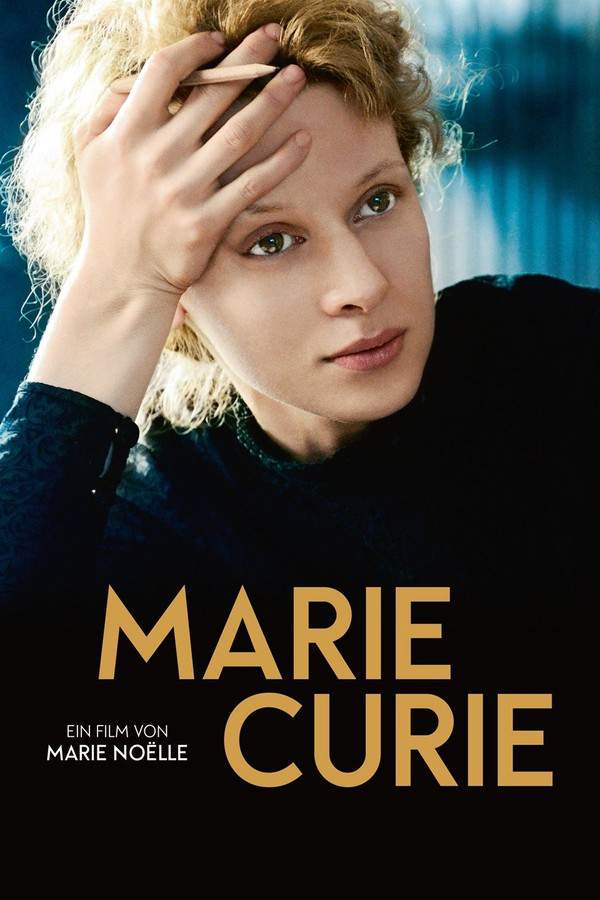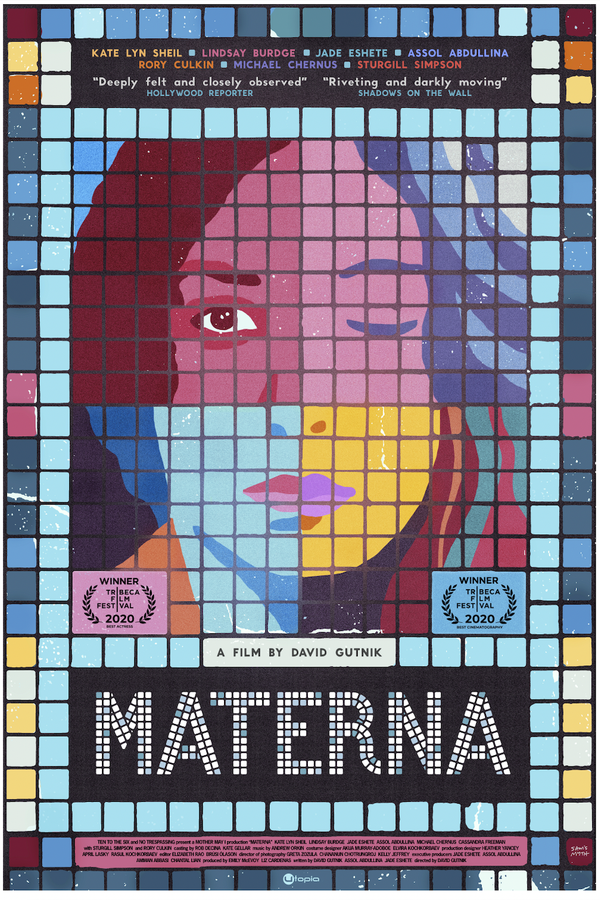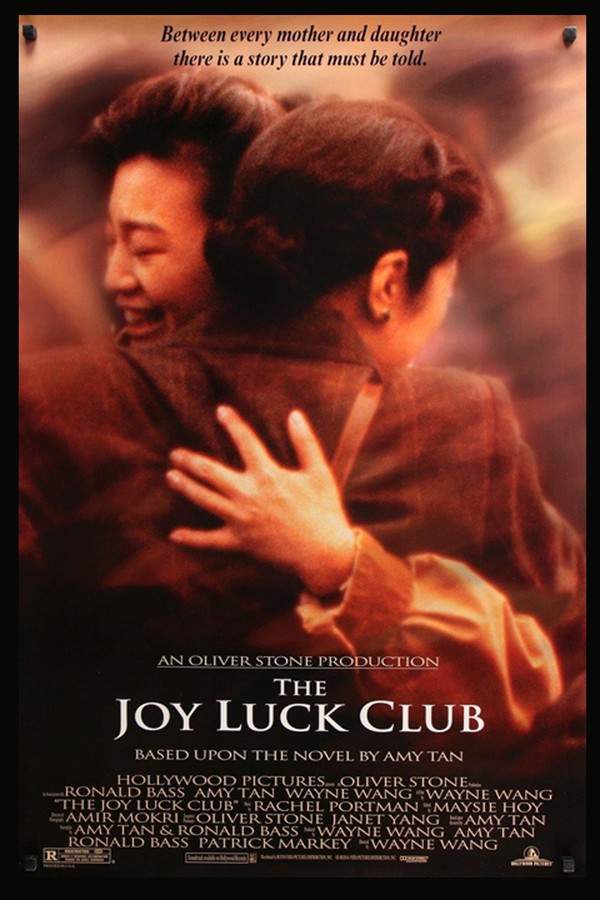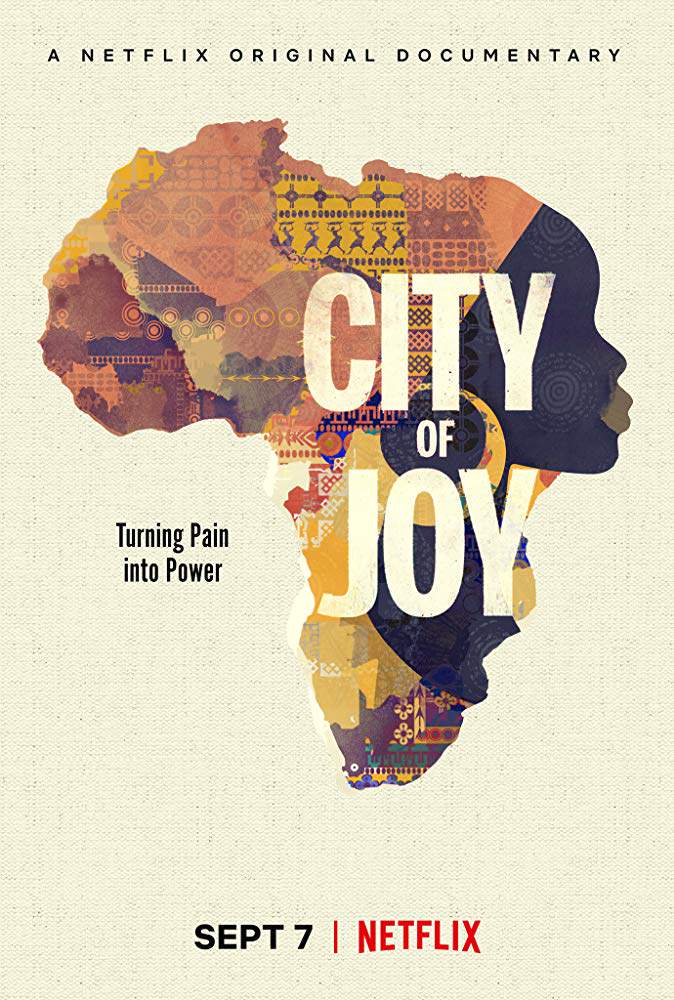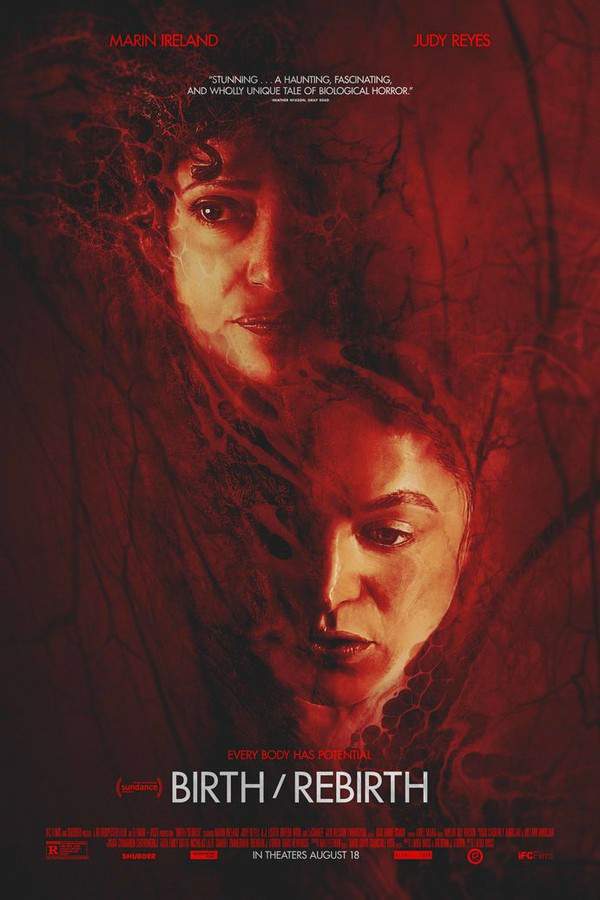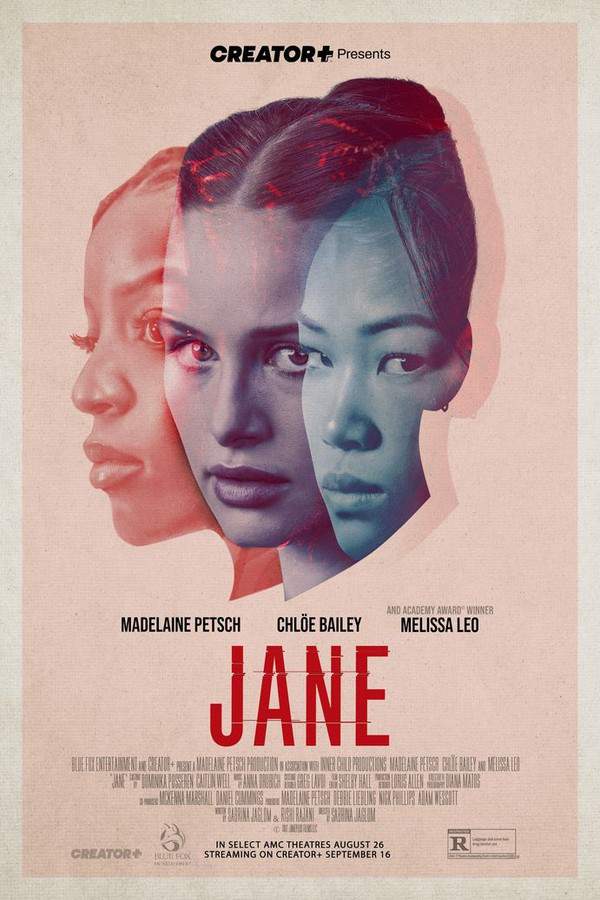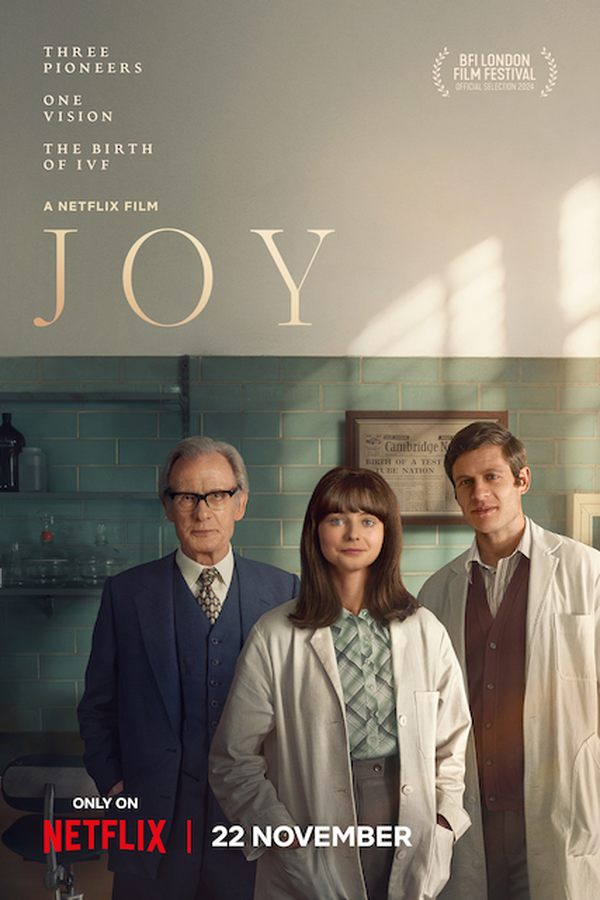
Joy
This film portrays three pioneering individuals – a nurse, a scientist, and a surgeon – who face considerable resistance from the church, government, media, and medical community as they strive to achieve the birth of the world's first baby conceived through in vitro fertilization, Louise Joy Brown.
Warning: spoilers below!
Haven’t seen Joy yet? This summary contains major spoilers. Bookmark the page, watch the movie, and come back for the full breakdown. If you're ready, scroll on and relive the story!
Timeline – Joy (2024)
Trace every key event in Joy (2024) with our detailed, chronological timeline. Perfect for unpacking nonlinear stories, spotting hidden connections, and understanding how each scene builds toward the film’s climax. Whether you're revisiting or decoding for the first time, this timeline gives you the full picture.
Last Updated: October 09, 2025 at 16:11
Unlock the Full Story of Joy
Don't stop at just watching — explore Joy in full detail. From the complete plot summary and scene-by-scene timeline to character breakdowns, thematic analysis, and a deep dive into the ending — every page helps you truly understand what Joy is all about. Plus, discover what's next after the movie.
Joy Summary
Read a complete plot summary of Joy, including all key story points, character arcs, and turning points. This in-depth recap is ideal for understanding the narrative structure or reviewing what happened in the movie.
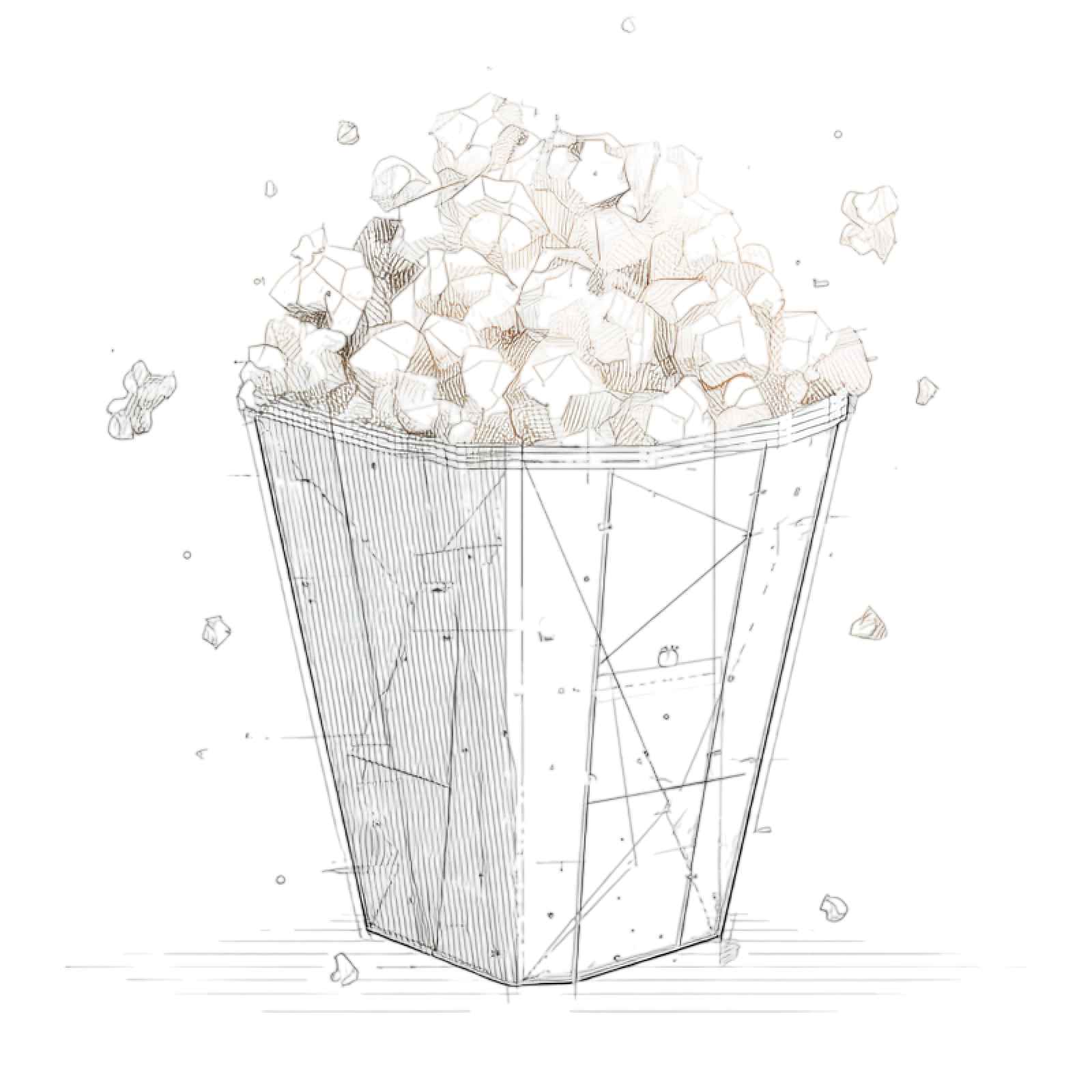
Characters, Settings & Themes in Joy
Discover the characters, locations, and core themes that shape Joy. Get insights into symbolic elements, setting significance, and deeper narrative meaning — ideal for thematic analysis and movie breakdowns.

Joy Ending Explained
What really happened at the end of Joy? This detailed ending explained page breaks down final scenes, hidden clues, and alternate interpretations with expert analysis and viewer theories.

Similar Movies to Joy
Discover movies like Joy that share similar genres, themes, and storytelling elements. Whether you’re drawn to the atmosphere, character arcs, or plot structure, these curated recommendations will help you explore more films you’ll love.
Explore More About Movie Joy
Joy (2024) Plot Summary & Movie Recap
Joy (2024) Scene-by-Scene Movie Timeline
Joy (2024) Ending Explained & Theories
Joy (2024) Spoiler-Free Summary & Key Flow
Movies Like Joy – Similar Titles You’ll Enjoy
Joy (2015) Film Overview & Timeline
Joy (2019) Film Overview & Timeline
Call Jane (2022) Ending Explained & Film Insights
Joyland (2023) Full Summary & Key Details
Joyride (2022) Movie Recap & Themes
Audrey's Children (2025) Film Overview & Timeline
Baby Boom (1987) Complete Plot Breakdown
Joyful Noise (2012) Detailed Story Recap
Finding Joy (2013) Complete Plot Breakdown
Marie Curie: The Courage of Knowledge (2017) Detailed Story Recap
Materna (2021) Plot Summary & Ending Explained
The Joy Luck Club (1993) Plot Summary & Ending Explained
City of Joy (2018) Film Overview & Timeline
birth/rebirth (2023) Film Overview & Timeline
Jane (2017) Full Movie Breakdown



